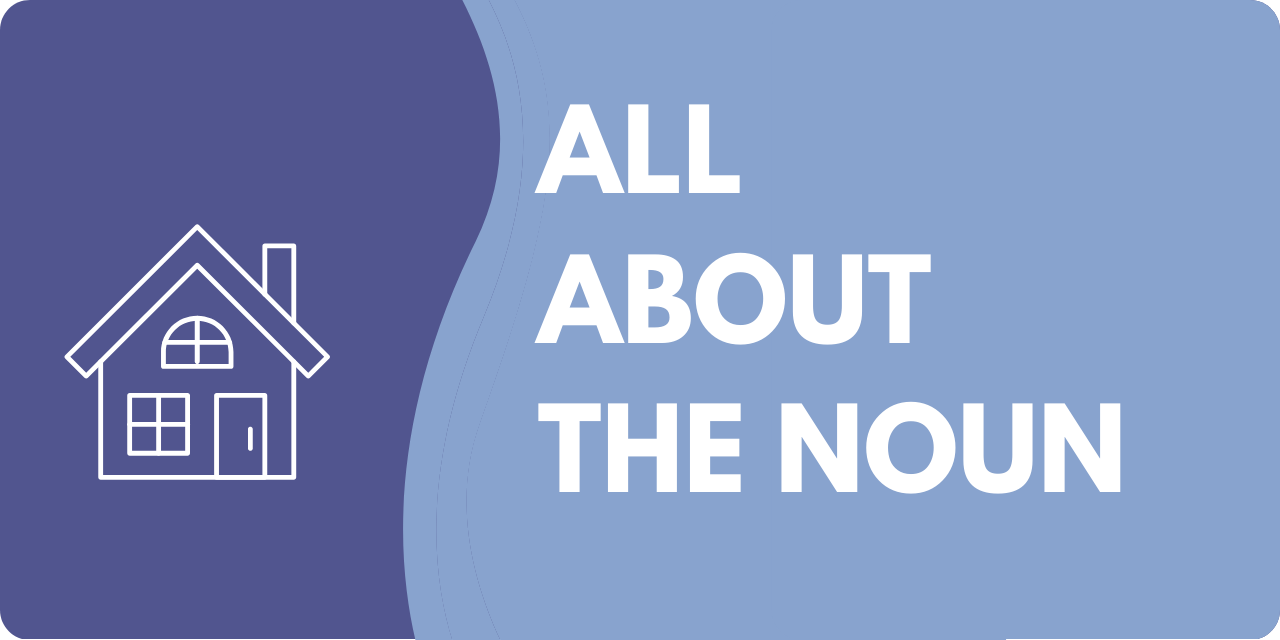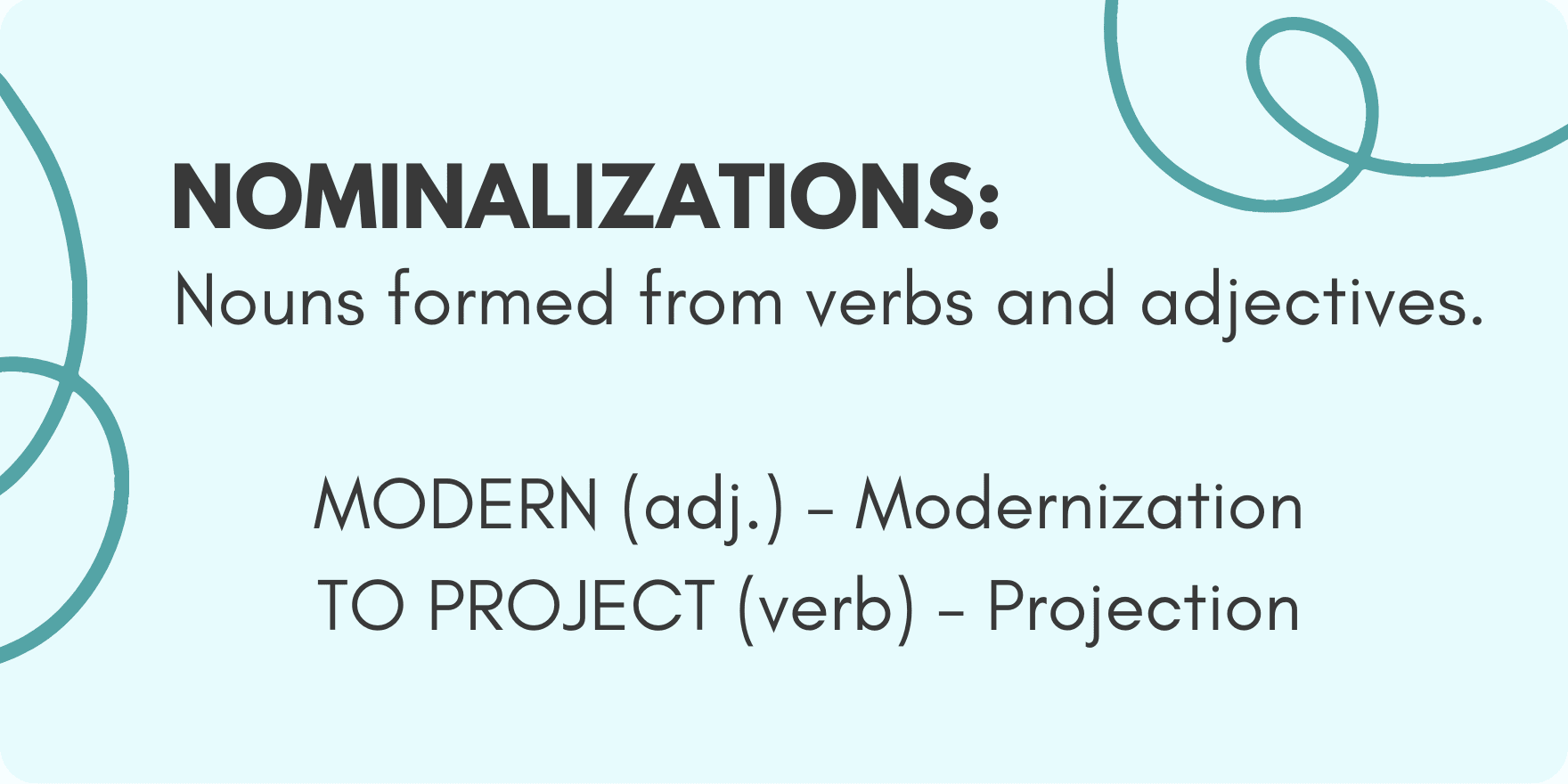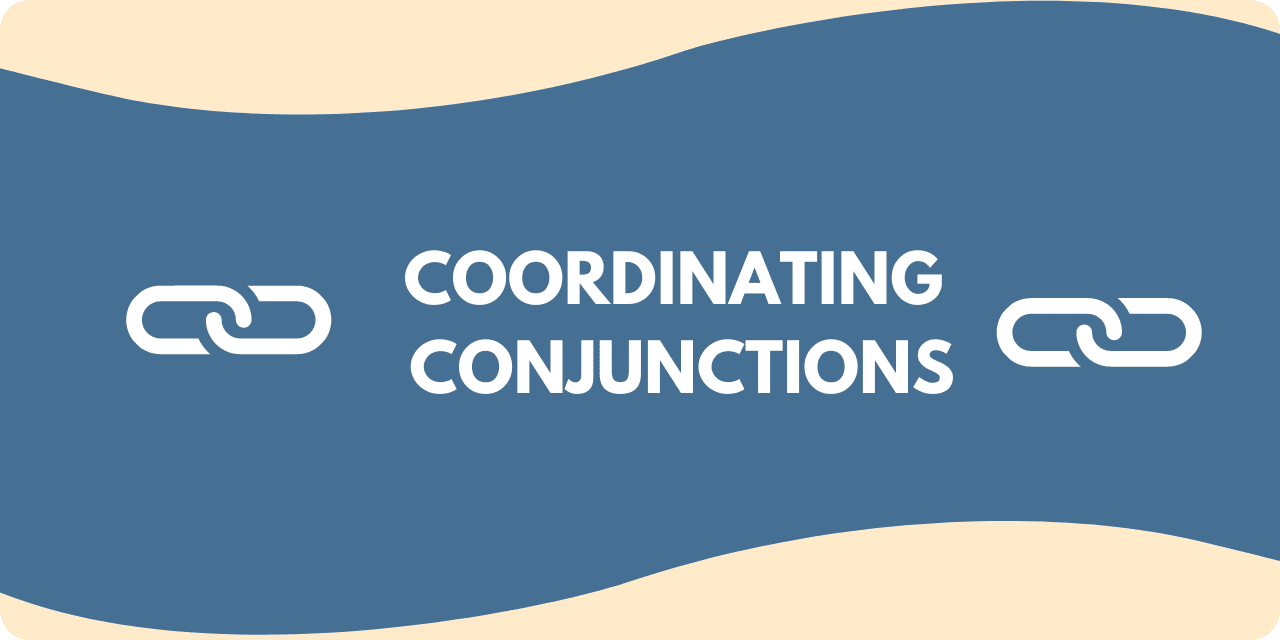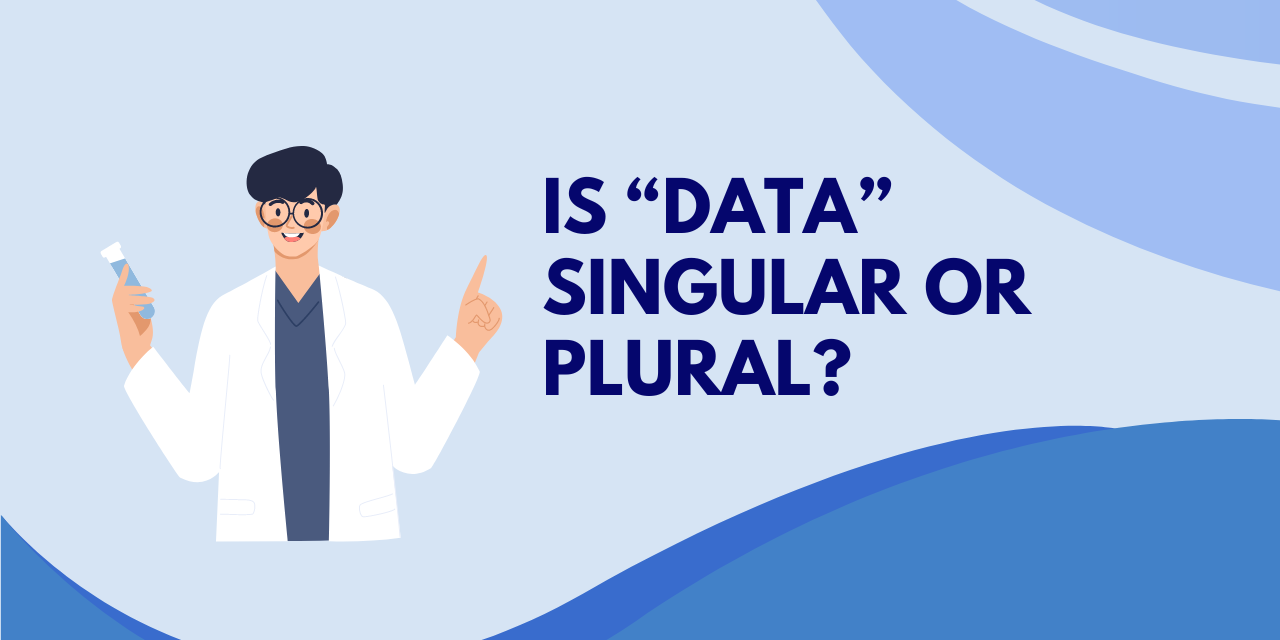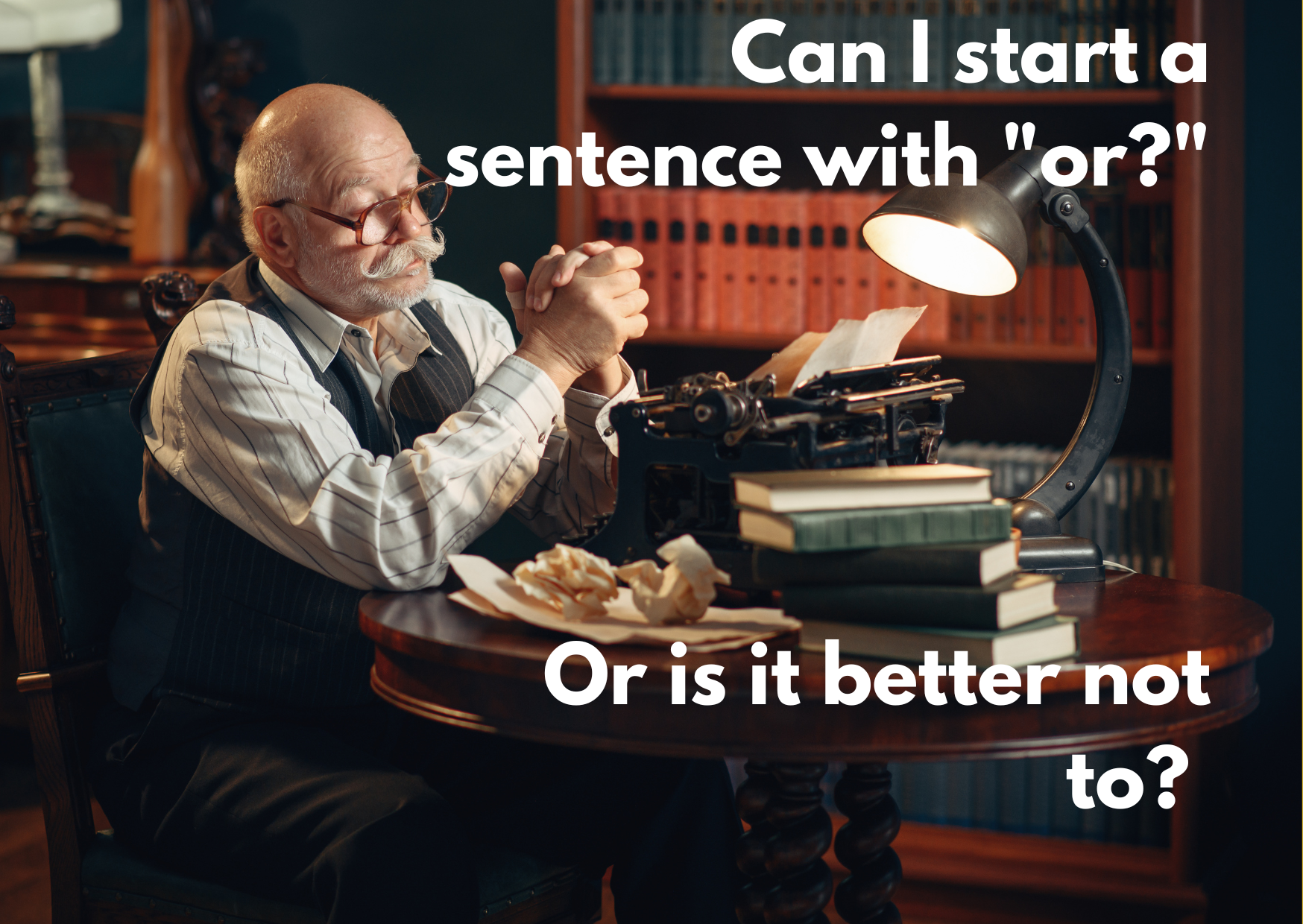
Nearly all of us were taught from a very young age that beginning a sentence with a conjunction (a word used to connect clauses or sentences) was wrong. Even today, that negative connotation still rings true, with writers struggling over whether starting with “or” is grammatically correct. Well, the good news is that it is, in fact, absolutely correct.
The trick, of course, is knowing how to do it. If you don’t use a conjunction properly, you could get a fragmented sentence (exactly what your middle school English teacher warned you about). However, when done right, starting a sentence with a conjunction can help a sentence stand out, increasing emphasis by virtue of being there.
Knowing how to use conjunctions properly to begin a sentence can introduce creativity and variety into your writing. Let’s look at how to use conjunctions and how they work so that you can feel confident using “or.”
What is a Coordinating Conjunction?
Even if you don’t immediately recognize what a coordinating conjunction is (as opposed to a subordinating conjunction), you use them all the time. Some examples of coordinating conjunctions are “but,” “so,” “and,” “yet,” and “or.”
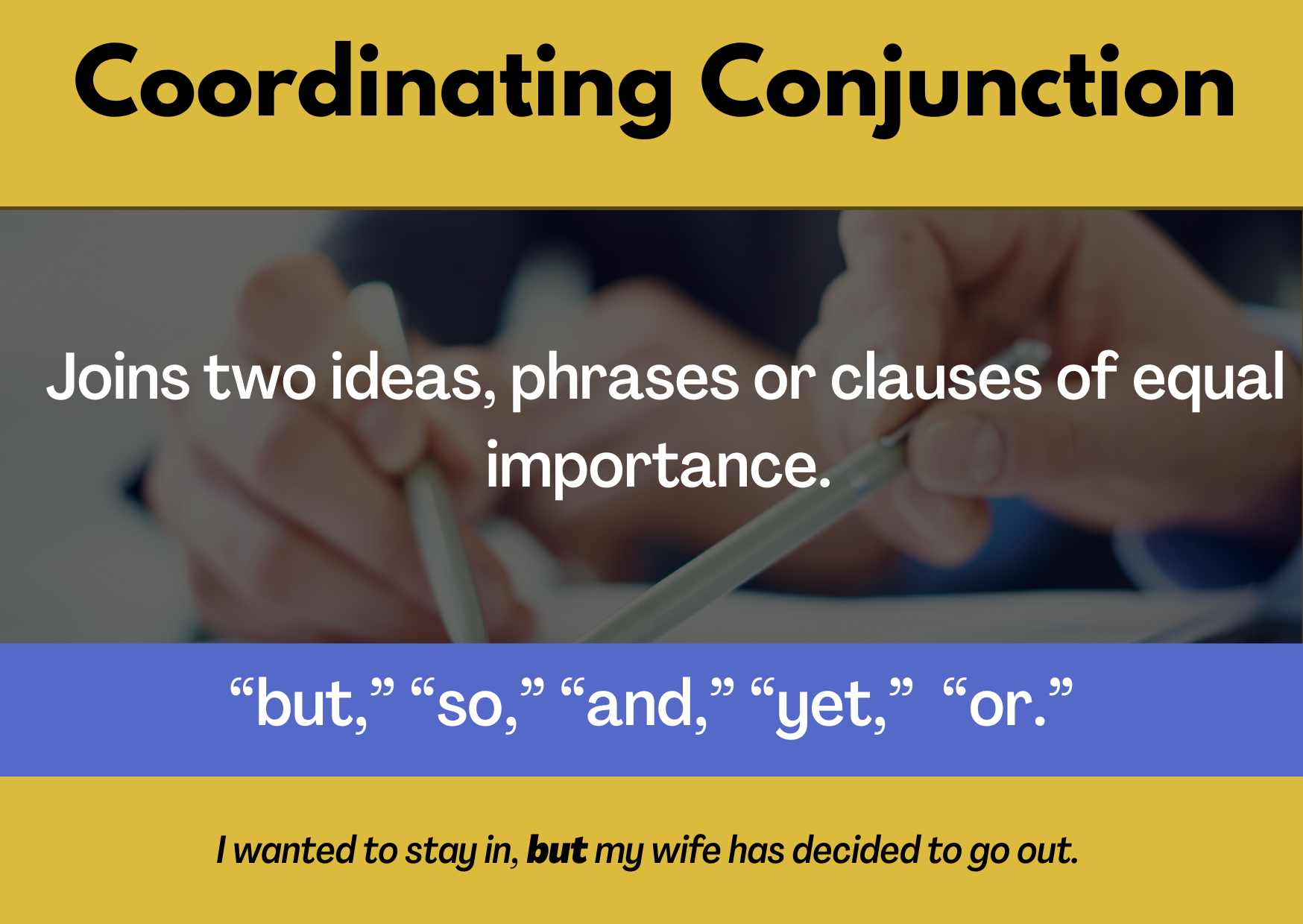
You can use a coordinating conjunction to join two phrases, or you can let the second phrase stand on its own. Here’s an example:
I think I want to order the salmon or the paella.
I think I want to order the salmon. Or, I might order the paella.
Starting a sentence with “or” creates a momentary pause that naturally comes with a little bit of emphasis (and even a sense of dramatic flair). As a result, starting with a coordinating conjunction can grab your audience’s attention. The trick is adding a comma when you use “or” at the beginning of a sentence.
Why Was I Taught Not To Use “Or” At The Beginning Of A Sentence?
Using a coordinating conjunction properly can be tricky. It takes a broader grammar knowledge to do so properly, which is why so many teachers (and even seasoned writers) prefer to avoid it completely. Putting coordinating conjunctions like “or” at the start of a sentence makes it easy to create a sentence fragment.
What is a sentence fragment? It’s a sentence that is missing either a subject or a verb. Most importantly, it also has to make sense, which is where so many writers get tripped up in using coordinating conjunctions.
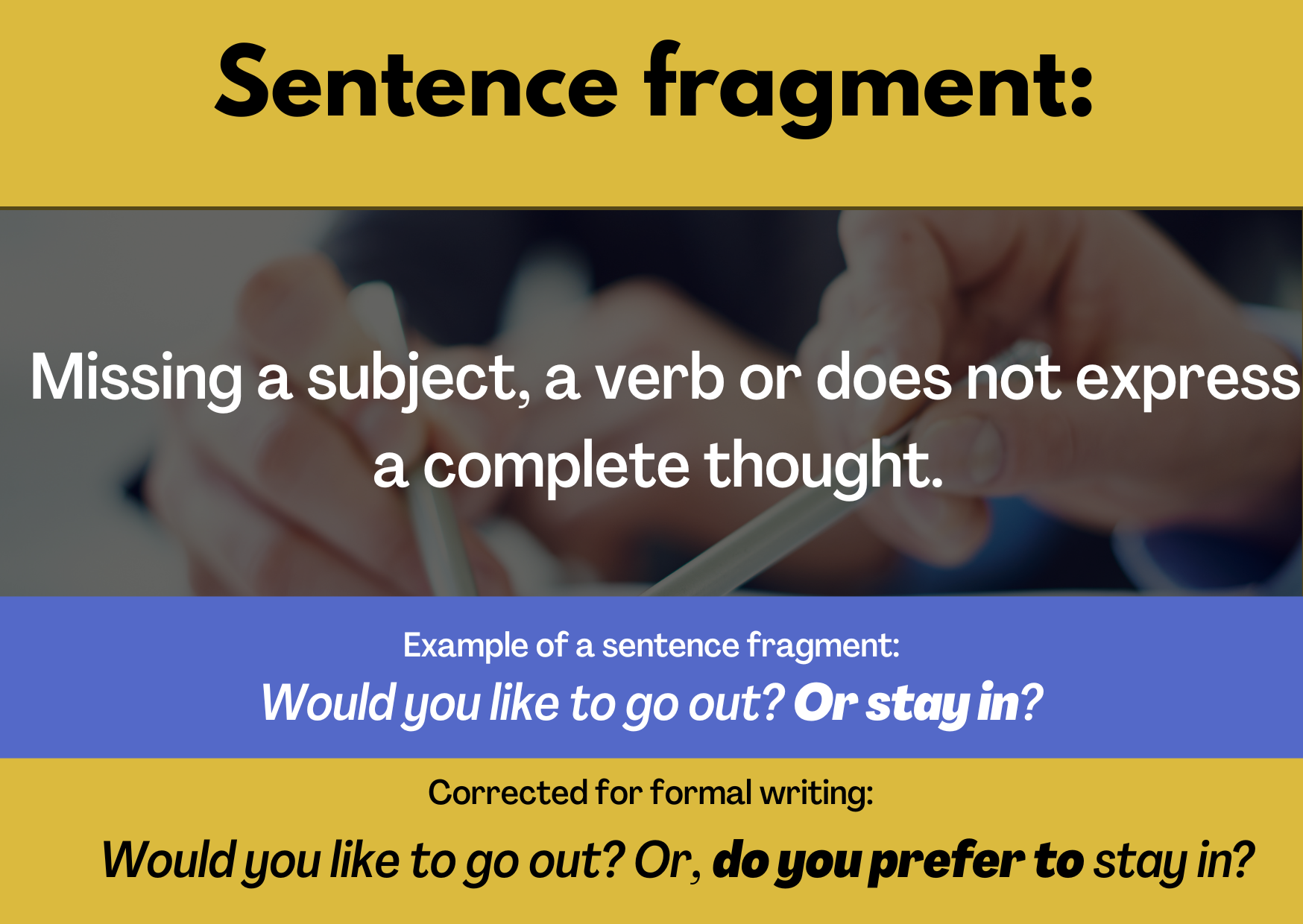
Let’s practice learning how to spot sentence fragments using our previous example. If we wanted to separate, I think I want to order the salmon or the paella, could we just say, Or the paella? It feels strange on its own to just have Or the paella, doesn’t it? If you said yes, you’re on the right track. But the issue isn’t starting the sentence with a coordinating conjunction. “Or” isn’t to blame; instead, the lack of surrounding context makes a difference.
To complete the thought, we can try any number of combinations, so long as the end result is a thought that makes sense logically and grammatically.
I think I want to order the salmon. Or, perhaps I’ll try the paella.
I think I want to order the salmon. Or, I’ll get something new and try the paella!
Having said that, sentence fragments like “Or the paella” have their place. For example, they can be used in character dialogue to create a more natural speech feel. Needless to say, this pertains more to creative writing, such as screenplays, novels, etc., rather than business writing
In our case, it’s best to stick to formal writing by remembering to create a complete sentence.
Example From Literature
Here is a quick example from the New York Times:
“During that time, trademark owners will have to wrestle with some big questions. Should they apply for the new suffixes? Should they register their names for use with other new extensions? Or should they do neither? A lot of money hangs on the decisions.”
And another one from The New Yorker:
“Should the voters back a government that can’t say when the country’s banks will re-open? Or should they buckle under to E.U. diktat? It’s not an appealing choice.”
Quiz
How would you rewrite the text below to start each time with the conjunction “or?”
There were choices to be made. Should they stay at the house their parents and grandparents have called home for nearly a century or move? Should they uproot the entire family in search of greener pastures, or would that be too risky? Do they stay or go?
Here is what I got. Please feel free to comment below if you have any other suggestions.
There were choices to be made. Should they stay at the house their parents and grandparents have called home for nearly a century? Or should they move? Should they uproot the entire family in search of greener pastures? Or would a move like that be too risky? Do they stay? Or do they go?
The Takeaway
You should feel free to start a sentence with a conjunction (a word joining two equal ideas, phrases or clauses) such as “or.” This can add a bit of creativity and dramatic flair to your writing, turning a potentially boring text into something more inspiring. When doing so, make sure to create a complete sentence to avoid being too informal. Although too much formality isn’t the answer either. The trick, as in life, is to strike that perfect balance.
Best of luck!



